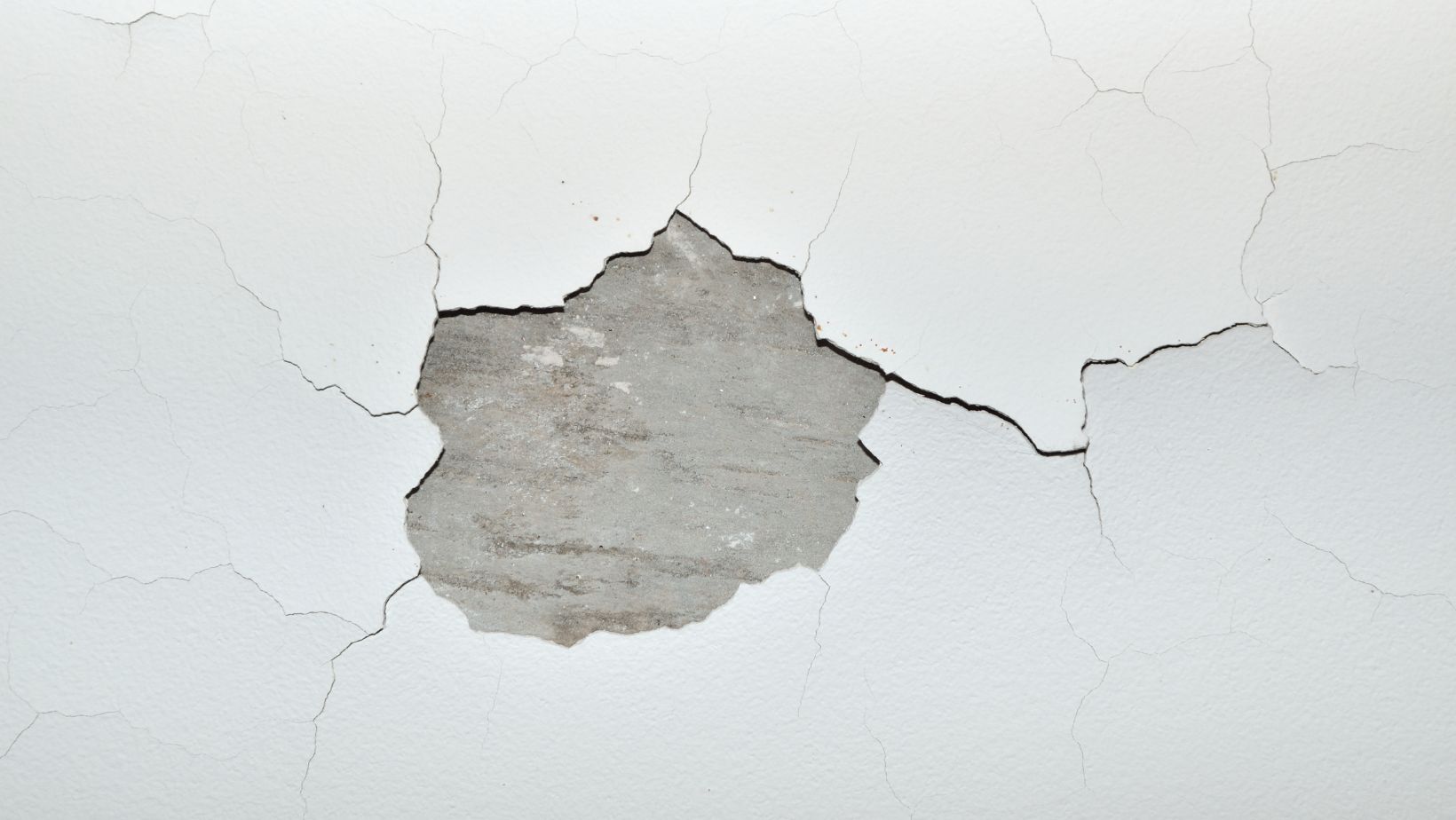Most people don’t think about the cracks in their ceiling – until they start to grow. Then, all of a sudden, you’re wondering if you need to worry about structural damage or if it’s just a cosmetic issue. Don’t fret; we’re here to help clear things up. In this blog article, we’ll go over the most frequent mistakes people make when addressing cracks in ceilings and how to sidestep them. So keep reading!
Introduction: Why do Cracks in Ceilings Happen?
Ceiling cracks can form for various reasons, such as age, settling, moisture, or shoddy construction. No matter the cause, it’s essential to fix cracks when you notice them to avert additional harm. A frequent error people make when fixing cracks is not preparing the surface area correctly before starting repairs. In order for the repairs to be fruitful, it’s crucial to clean the vicinity around the crack and take out any loose paint or rubbish. It might also be necessary to sand the area around the crack to roughen up the surface and create a good key for the repair material.

Another frequent error is using the incorrect type of repair material. There are various materials that can be used to fix cracks, but not every material is right for all types of cracks. Make sure to pick a repair material that works with the kind of crack being mended. One of the most frequent mistakes made when fixing cracks is not giving the repair material enough time to dry before putting pressure on it or painting over it. Depending on the kind of material used, it might take a few hours or even days for repairs to be completely set. If you put weight on repairs too early, they might not hold, and if you paint over them before they are fully dry, the paint might start to peel or chip.
Cracks in Ceiling When to Worry
While various things can result in cracks in your ceiling, not all of them are indicative of a serious problem. However, there are some key signs that signify it’s time to be concerned about the cracks in your ceiling and look for professional assistance. If any of the following signs are present, it’s time to call a professional to inspect your ceiling:
- Cracks that are wider than 1/4 of an inch
- Joist cracks that run parallel
- Joist cracks that run perpendicular
- Cracks that appear in multiple layers of the ceiling
- Ceiling cracks that run the entire length of the ceiling
If you see any of these warning signs, it’s time to call in a professional. These cracks could be a sign of serious structural damage to your home and could cause even more problems in the future if they’re not fixed.

What are The Consequences of Ignoring Cracks in Your Ceiling?
There are several reasons why it’s a bad idea to neglect cracks in your ceiling. If the cracks are indicative of deeper structural problems, they will only worsen with time and could eventually lead to the ceiling caving in. Even if the cracks aren’t structural, though, they can still cause water damage; water can seep through them and cause the ceiling to deteriorate. Additionally, ignoring cracks in your ceiling can make your home look unappealing, which could lower its value if you ever want to sell it.
How to Fix Cracks in Ceilings – The Right Way
There are a few methods to fix cracks in ceilings, but only one of them is effective. The ineffective method is to use putty or plaster to try and patch the crack, which will only make it worse. The right way is to use a caulk designed specifically for repairing cracks in ceilings. Caulk is a material that is applied Wet & Set, which means that it applies easily and then hardens quickly.
This makes it perfect for repairing cracks, as it will form a tight seal that will prevent further damage. Ceiling Crack Repair Caulk can be found at most hardware stores and is very easy to apply. Simply apply the caulk to the crack using the included applicator, and then smooth it out with your finger. The caulk will dry quickly, and will provide a long-lasting repair that will keep your ceiling looking new for years to come.
How to Prevent Cracks in Ceilings From Happening
There are a few things you can do to avoid cracks in your ceilings. First, maintain a consistent temperature in your house. This means you should avoid extreme changes in temperature, both hot and cold. Second, keep the humidity levels in your home consistent. Third, if you see cracks starting to form, repair them right away.
Conclusion
There are a few common mistakes people make when they see cracks in ceilings. The first is to try and patch the cracks with putty or spackle. This might cover up the problem for a little while, but it’s not a permanent solution. The second mistake is to ignore the problem and hope it will go away on its own. Cracks in ceilings are usually caused by structural problems, and they will only get worse over time. The best way to deal with cracks in ceilings is to have a professional assess the situation and make the necessary repairs.
